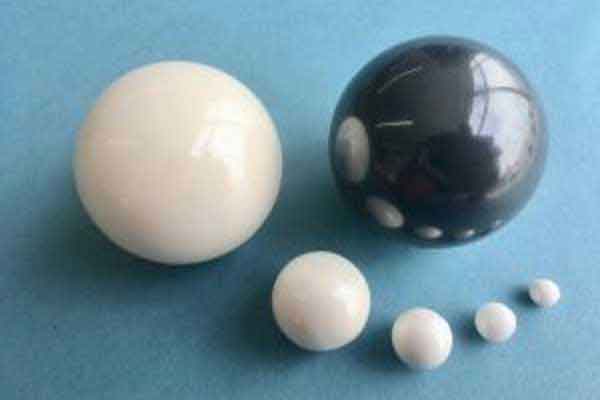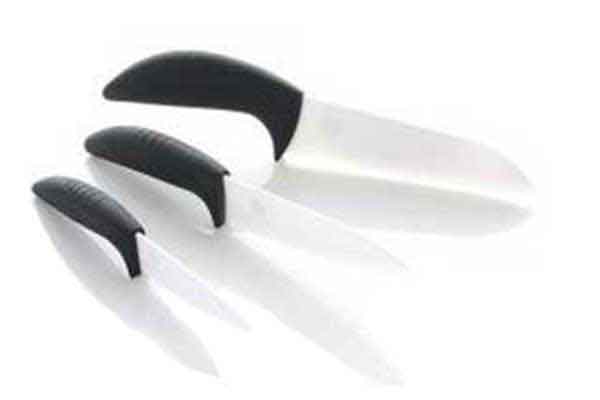I first came across a ceramic ball race many years ago when I was handed one which had broken into several pieces. The failure of this assembly should have pointed to limitations in the material. But as it came from a Formula One racing car which had been driven by a certain Michael Schumacher, the cutting edge of the technology behind it became infinitely more interesting.
The ball race, weighing a fraction of its steel equivalent and having being subjected to extreme temperature cycles and mechanical loads before its failure, was impressive. I never did find out how it met its ultimate end. But I would like to think it failed spectacularly, totally exceeding expectations and not through the fault of a heavy handed F1 mechanic.
These perfectly spherical ceramics, smooth and with a wonderful tactile feel, soon moved out of simple bearing applications and into mainstream engineering, using the full spectrum of oxide, nitride and carbide ceramics available.
One of the most common applications for ceramic balls is the “Biro” or ballpoint pen, its writing function enabled by a tiny ball made from tungsten carbide, a hard and durable material, capable of far outliving the short life of a pen. Watching machines grinding these tiny balls – more than 2,000,000 in a 24-hour cycle and to a tolerance better than 0.0004” – was not only impressive, it was positively hypnotic!
The use of lightweight tiny balls or “jewels” in low-wear applications, such as high specification watches and domestic water meters, provides a long, trouble-free service life and extends the range of materials being used. Here, ruby and sapphire come into their own. The evolution of tougher materials, such as silicon nitride and yttria-stabilized zirconia, provides further opportunities for ceramic balls to evolve in potential uses. Silicon carbide is hard, but lacks the impact resistance and toughness required for more demanding applications.
In ball valves, where steel balls up to 150 mm diameter are quite common, zirconia provides a lighter and more chemically resistant option. The balls, at 6 grams per cubic centimeter, are still relatively heavy, but exceptionally tough. I remember watching a test where a 25 mm diameter zirconia ball was bounced repeatedly on a concrete floor from a height of 1 meter. This not only inspired design confidence and belittled fears, it was the answer to an engineer’s prayers for a material that could withstand such treatment.
The range of ceramic materials now available has led to ceramic balls becoming an off-the-shelf commodity. They are ready for use in applications as far reaching as medical, automotive, offshore oil and gas and wind power. So next time you gaze on a line of wind turbines stretching out as far as the eye can see, it’s more than likely that silicon nitride ceramic balls are playing an essential role in keeping the blades turning.




